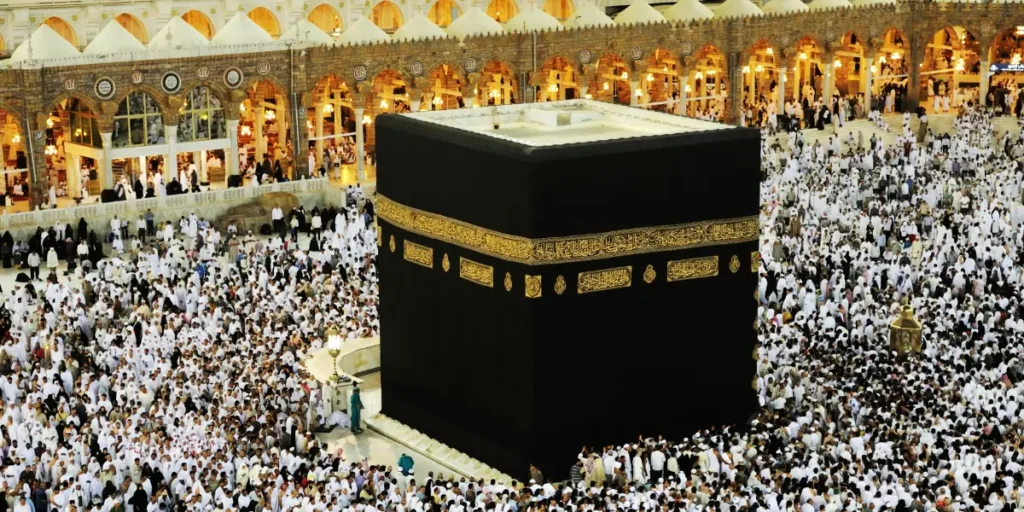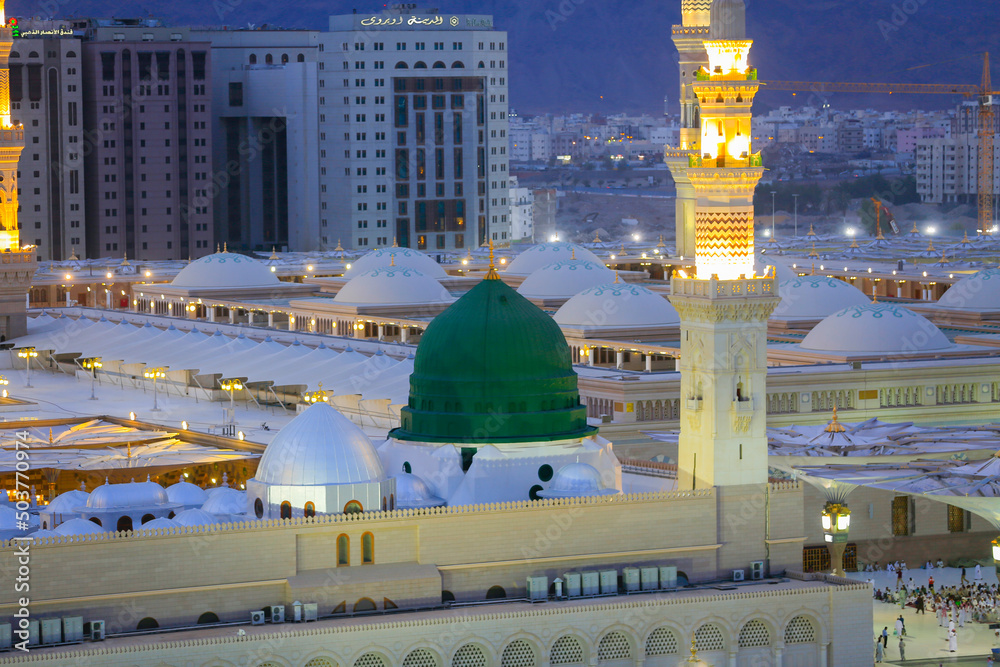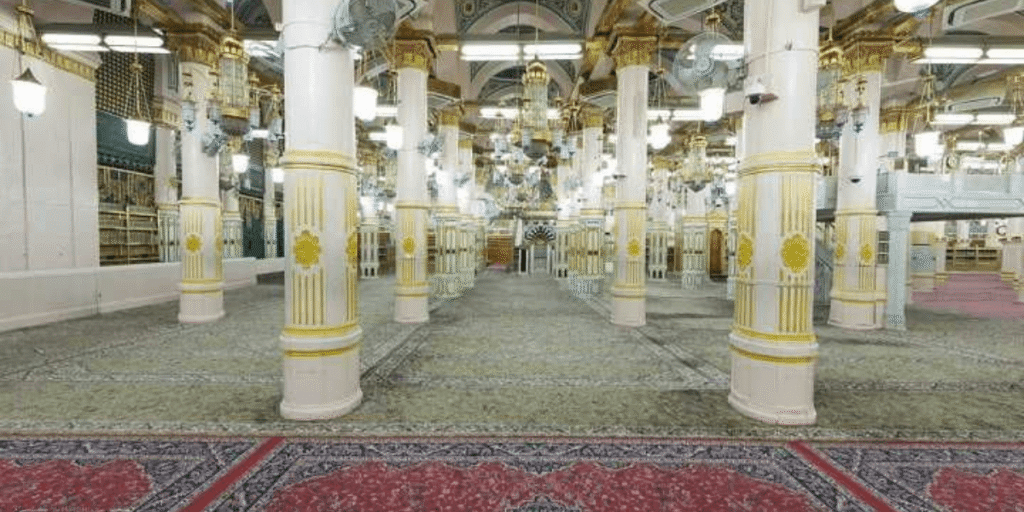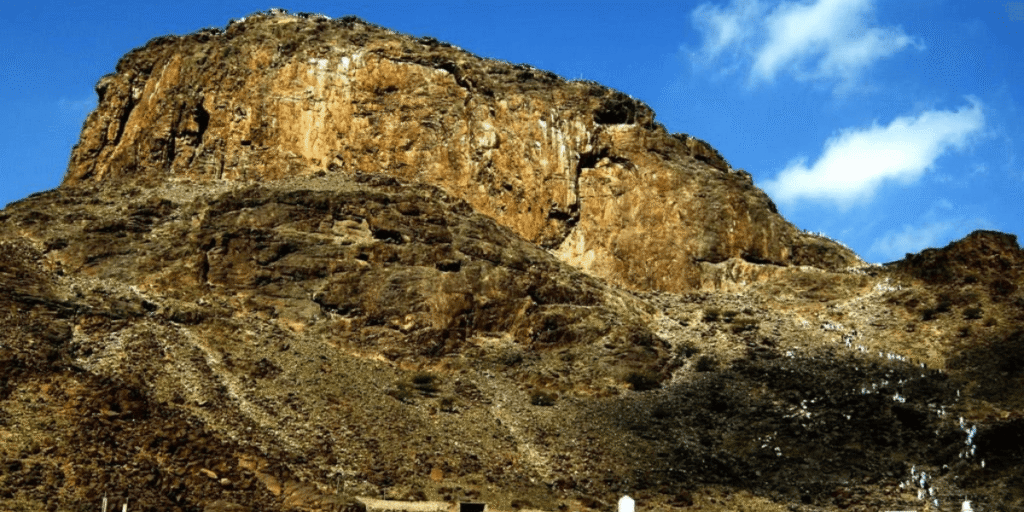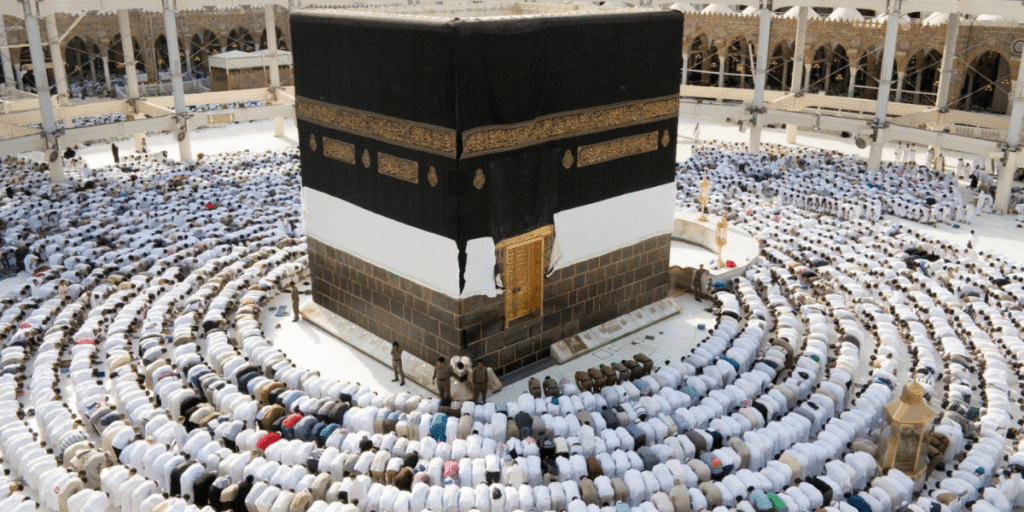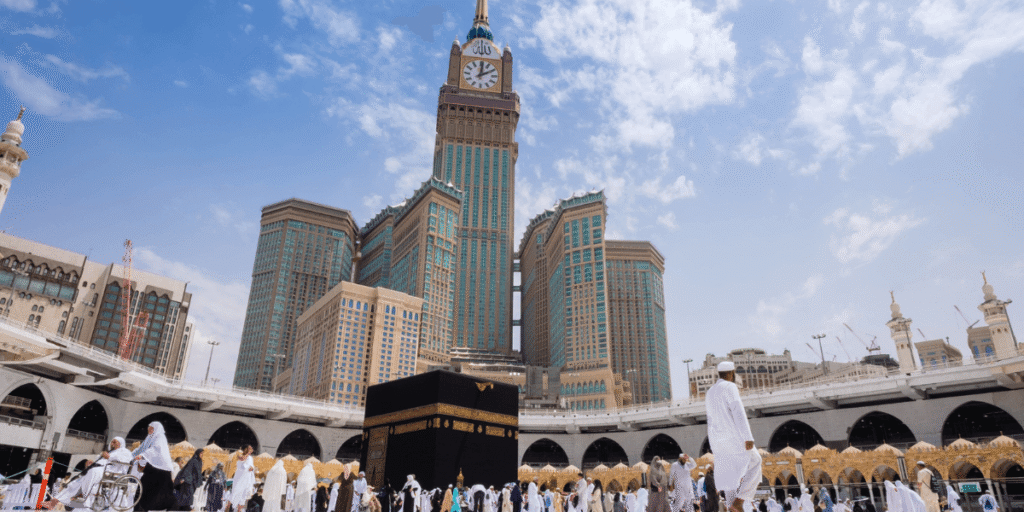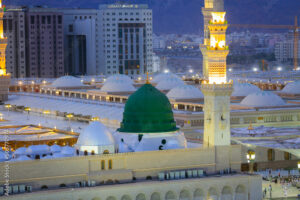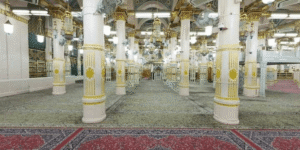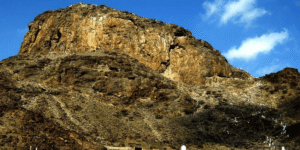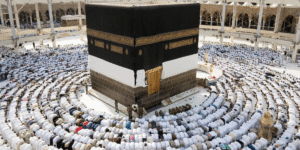Hajj is one of the most spiritually profound journeys a Muslim can take. It’s an experience that brings peace, discipline, and unity. But anyone who has been there knows, alongside its deep spiritual rewards, that Hajj can be physically taxing, especially under the intense heat of the Saudi sun. If you’re planning to go this year, understanding how to prevent heatstroke during the Hajj is just as important as knowing your rituals.
Let’s walk through some simple, practical ways you can stay safe, cool, and healthy while fulfilling your sacred duty.
Why Is Heatstroke a Real Risk During Hajj?
Every year, millions of pilgrims gather in Makkah, often during extremely hot months. The combination of high temperatures, large crowds, physical exertion, and limited shade can take a toll on the body.
Heatstroke is not just about feeling dizzy or tired, it’s a serious medical emergency. It happens when the body is no longer able to regulate its temperature. If untreated, it can lead to damage to the brain and other vital organs.
That’s why essential tips for preventing heat exhaustion during Hajj should be part of everyone’s pre-travel checklist.
Dress Smart and Light
Start with your clothing. Loose-fitting, breathable fabrics are your best friend. Choose cotton or other natural fibers that allow airflow. White or light-colored clothing can help reflect the sun instead of absorbing it. Try to avoid layers or synthetic materials that trap heat.
For men in Ihram, this becomes even more important, as they’re limited to two unstitched white clothes. Pick ones made from soft, lightweight cotton.
Women should wear modest but breathable outfits under their abayas. Avoid black or dark colors if possible, and go for a scarf or head covering that allows some air circulation.
Stick to Shade and Rest Often
One of the top Hajj safety tips is simple: do not push yourself too hard. The rituals can be physically demanding, but there is no harm in resting when needed.
Plan your movements during cooler parts of the day. Early mornings or late afternoons are best for walking longer distances. During peak sun hours, look for shaded areas, tents, or buildings to take breaks.
Many locations in Makkah and Mina have misting fans or air-conditioned areas for pilgrims. Don’t hesitate to make use of them. Your health comes first.
Hydrate, Hydrate, Hydrate
This might sound obvious, but dehydration can sneak up on you fast. Make water your constant companion. Carry a refillable bottle and sip frequently, even if you don’t feel thirsty.
When thinking about hydration tips for pilgrims, consider these:
Drink small amounts regularly instead of gulping large quantities at once
- Add oral rehydration salts if you’re sweating a lot.
- Avoid too many caffeinated drinks like tea, coffee, or soda.
- Include fruits like watermelon or cucumbers in your meals to boost hydration
- Coconut water or electrolyte drinks can help restore essential minerals
- Avoid waiting until you feel faint or dry-mouthed. By then, you’re already low on fluids.
Recognize Early Signs of Heat Exhaustion
Understanding your body’s signals can help you act before things escalate. The early signs of heat exhaustion can include:
- Dizziness or lightheadedness
- Rapid heartbeat
- Headache
- Muscle cramps
- Heavy sweating followed by cold, clammy skin
- Nausea or vomiting
- Weakness or fatigue
If you or someone near you shows these symptoms, stop immediately, move to a cooler place, drink water, and rest. If symptoms worsen or don’t improve quickly, seek medical help. Clinics and emergency services are available throughout the Hajj areas.
Use Sun Protection
Don’t underestimate the power of the sun, even if it’s cloudy. Use an umbrella for shade while walking. Wear sunglasses and apply sunscreen to exposed areas like the face, neck, and hands.
Some pilgrims skip sunscreen, thinking it’s not allowed during Ihram. But for women, and after Ihram restrictions are lifted, it can be a vital layer of protection. Just make sure it’s fragrance-free to align with Ihram guidelines.
Eat Light and Healthy Meals
Heavy meals in the heat can make you feel sluggish or nauseous. Eat small, balanced meals that are easy to digest. Opt for fresh fruits, salads, yogurt, and lean proteins. Avoid oily or spicy food, especially during the day.
Keeping your energy levels up without overwhelming your digestive system can go a long way in maintaining strength during long rituals.
Travel With One Or More Partners
Hajj can be overwhelming, especially if you’re going alone. Try to stay in a group or with at least one partner. Having someone to check on you and vice versa can make a huge difference.
A buddy can help you notice signs of exhaustion that you might miss. Plus, it’s reassuring to know you’re not walking this path alone.
Conclusion
Hajj is not just about completing rituals; it’s about doing so with presence, devotion, and care for your body and soul. While the physical challenges are real, they can be managed with thoughtful planning and awareness. These essential tips for preventing heat exhaustion during the Hajj are not just about safety; they’re about ensuring that you can complete your pilgrimage with strength and peace of mind.
So, dress smart, rest often, hydrate constantly, and never hesitate to seek help if you need it. Your well-being matters. By knowing how to prevent heatstroke during Hajj, you’re honoring the rituals and the body Allah entrusted you with.
If you’re searching for a seamless and supportive way to begin your pilgrimage, we invite you to perform Hajj from Dubai with us at Three N Travel & Tourism LLC. We understand the needs of modern pilgrims and ensure every detail is taken care of, from travel arrangements to accommodation and on-ground guidance.
Let us be part of your spiritual journey and help you focus on what truly matters: your connection with the Divine!



